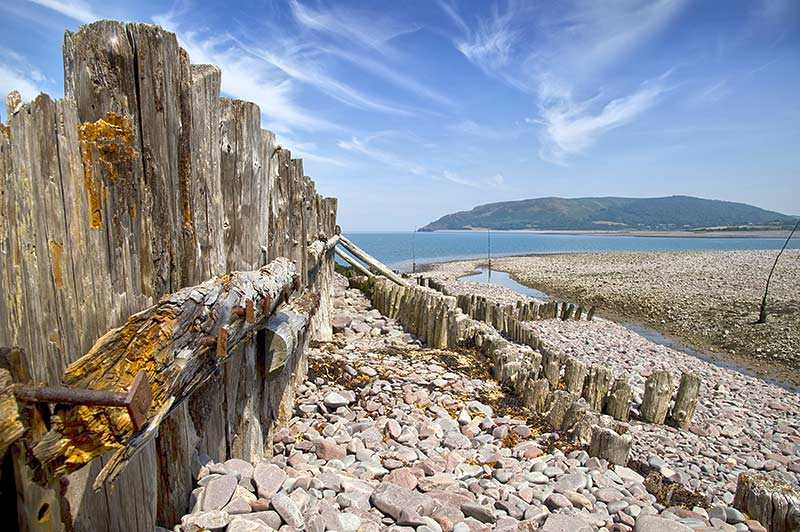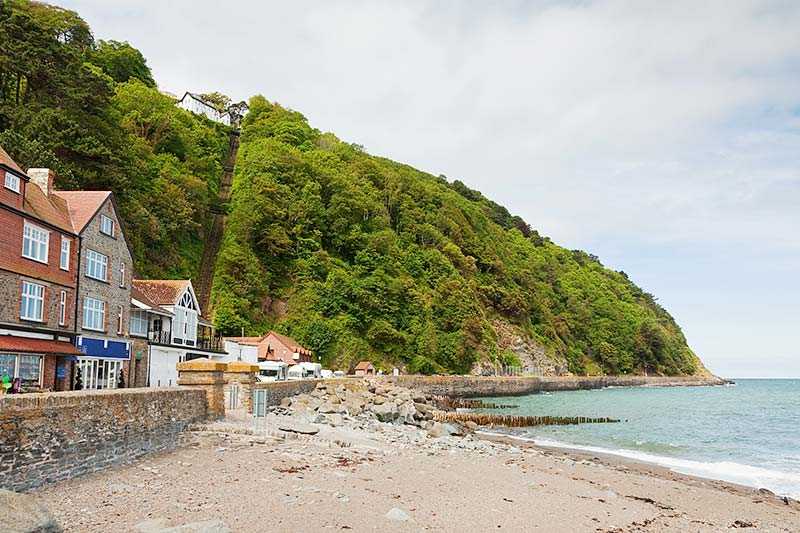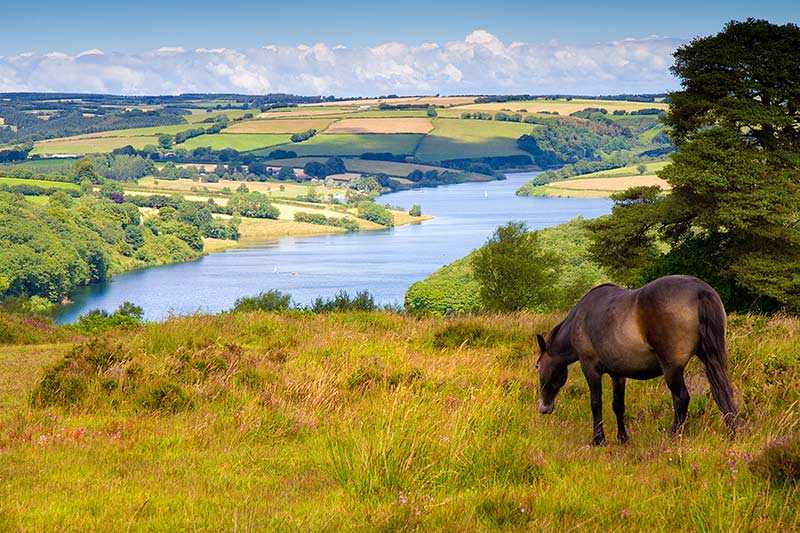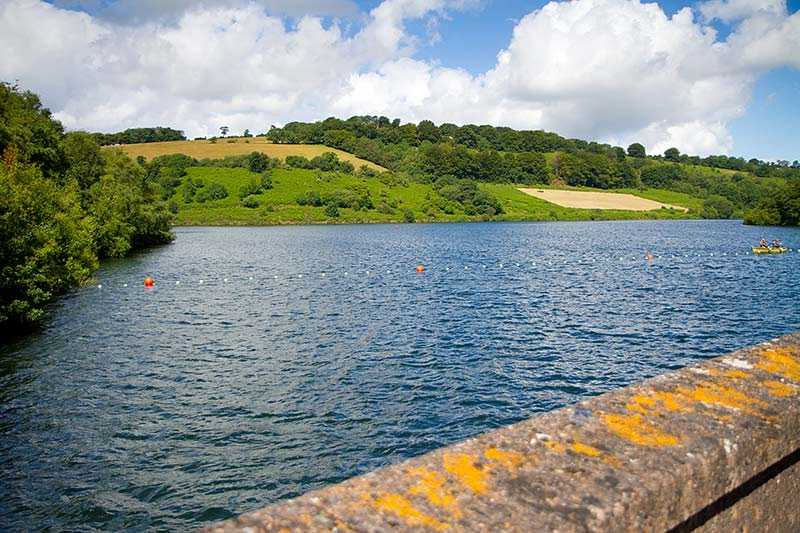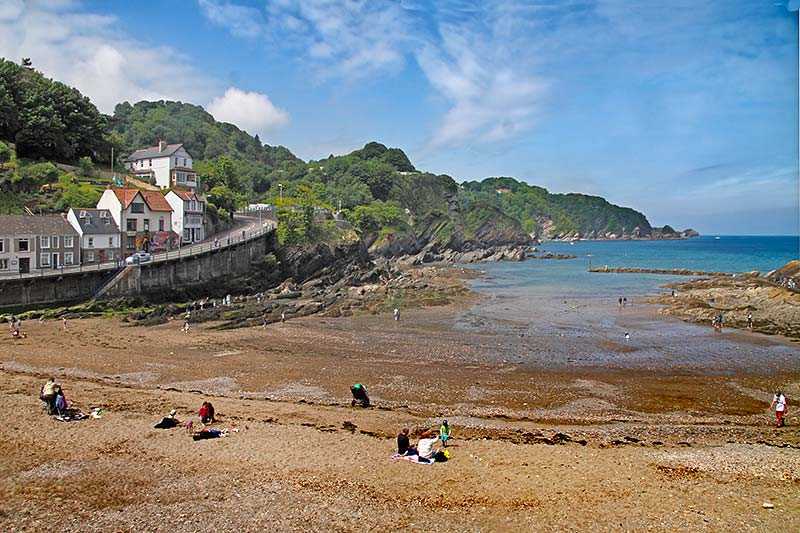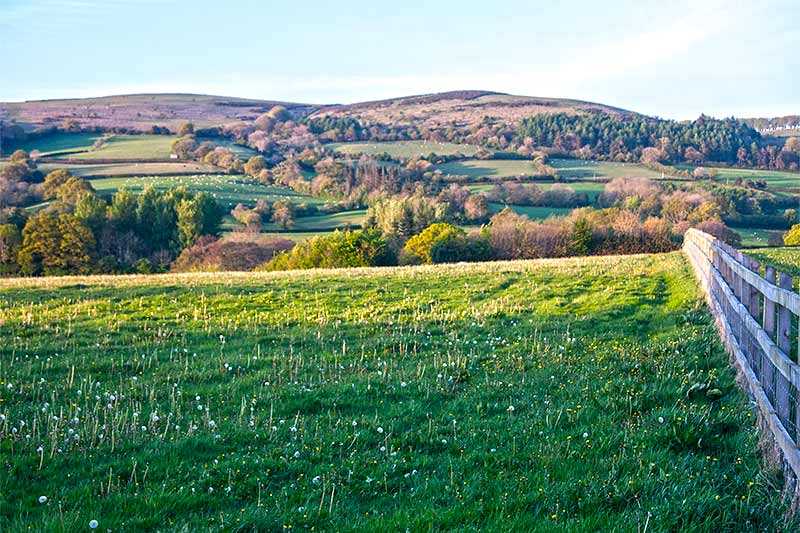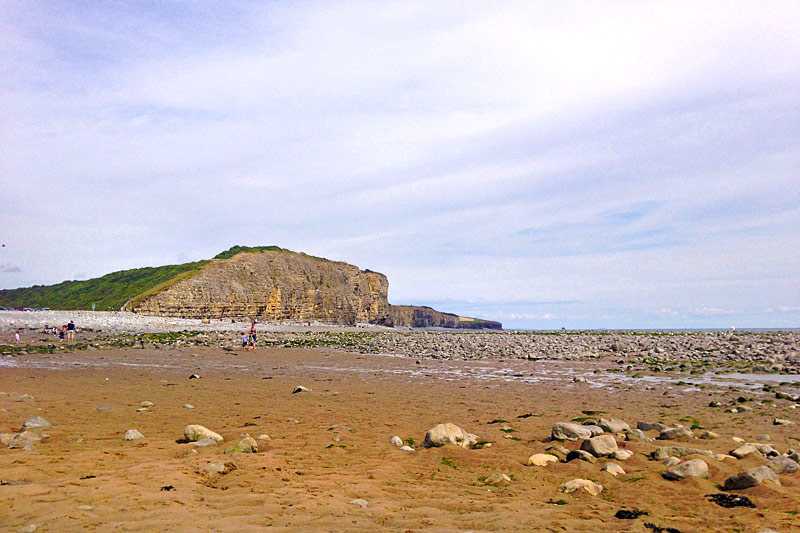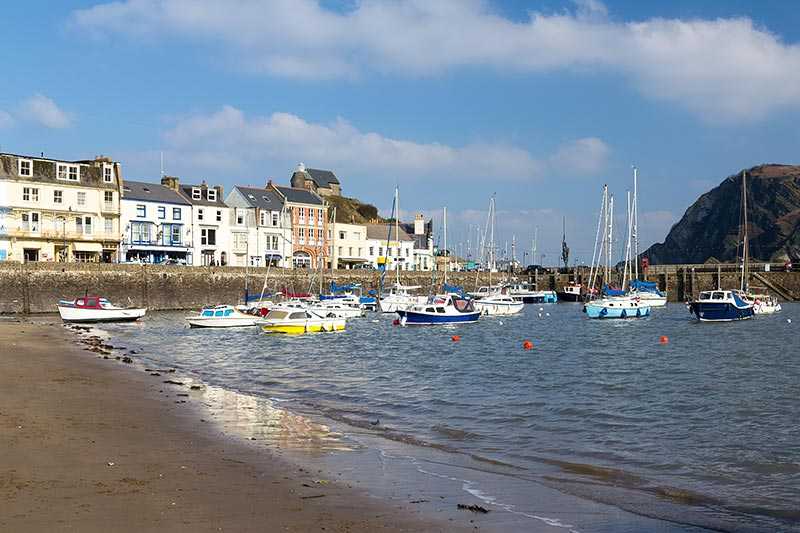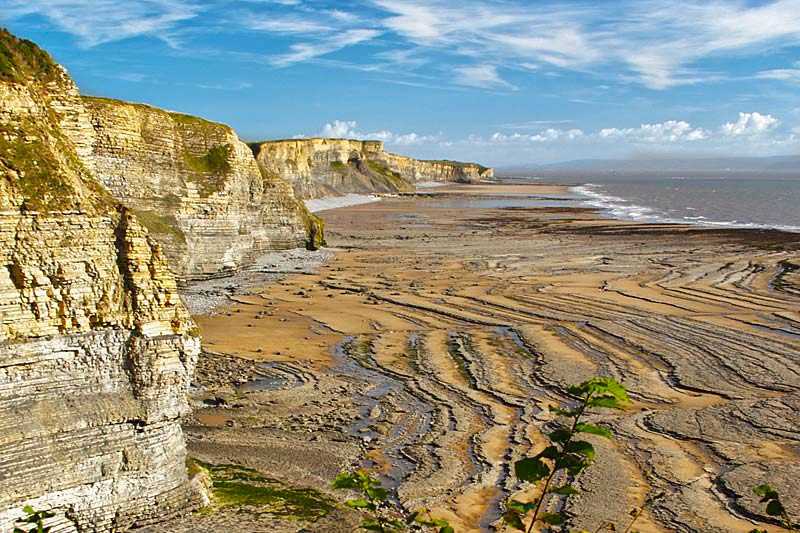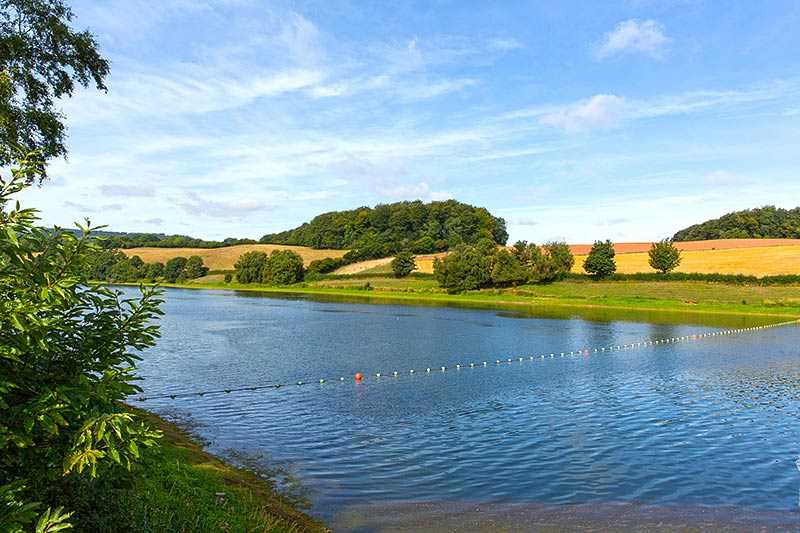Exmoor National Park
Exmoor National Park is an upland area covering 691.5 km2 (267 sq mi) lying on west Somerset and north Devon in the South West of England. It was designated as a National Park in 1954. The Bristol...
Exmoor National Park is an upland area covering 691.5 km2 (267 sq mi) lying on west Somerset and north Devon in the South West of England. It was designated as a National Park in 1954. The Bristol Channel provides a natural boundary to the north of Exmoor National Park and here lies some of the most striking cliffs and shoreline in the UK. Inland, the Park is largely grass and heather-covered m...
Attractions near Exmoor National Park
Activities
About Exmoor National Park
Exmoor National Park is an upland area covering 691.5 km2 (267 sq mi) lying on west Somerset and north Devon in the South West of England. It was designated as a National Park in 1954. The Bristol Channel provides a natural boundary to the north of Exmoor National Park and here lies some of the most striking cliffs and shoreline in the UK. Inland, the Park is largely grass and heather-covered moorland.
Flora and Fauna
Exmoor is home to a unique diversity of wildlife including wild deer, every species of the British bat, extremely rare flora, and Exmoor ponies, which is in fact a species rarer than the giant panda worldwide. With its extraordinary vegetation and vulnerable wildlife, several areas in the Park have been declared Sites of Special Scientific Interest.
Geography
The shoreline boundary of Exmoor National Park is one of the most impressive in Britain. Sheer cliffs – some of the highest in the country, reaching up to 314 m (1,030 ft) – prevent access to the shoreline by land, and there are few places to access it by boat. Exmoor and the North Devon Coast also feature a number of coastal waterfalls, a rare occurrence in much of Europe except for here and the Norwegian fjords. Exmoor’s coastline is also extensively wooded across 16 km (10 mi) of cliff from Countisbury to Porlock.
Activities
Exmoor National Park was once a Royal Forest and hunting ground and although hunting here was banned in 1994, the Exmoor Hunt still meets in full ceremonial dress. As a deeply rural community, many traditional entertainments are still practised, including thoroughbred racing and pony racing. For tourists, the primary attractions of the Park are scenic walks and rock climbing.
There are many archaeological sites and monuments preserved within the landscape, hinting at the rich historical heritage of Exmoor.
